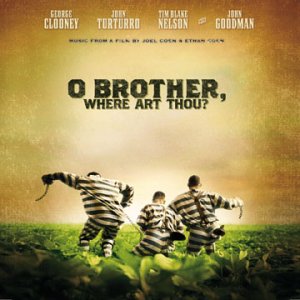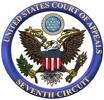Copyrighted Works Must Be Novel and Nonobvious
 To anyone who knows IP law, the title of this post looks like either ignorance or craziness. I assure you, it’s not ignorance. Everyone knows that one of the distinguishing features between copyrights and patents is that patents require novelty and nonobviousness, and copyrights don’t. All you need to get a copyright is to have an “original” work of authorship — and “originality” is an extremely low threshold. It doesn’t require that the content be new, and it certainly doesn’t require that it be nonobvious; it only requires that it be yours (that is, “original” to you).
To anyone who knows IP law, the title of this post looks like either ignorance or craziness. I assure you, it’s not ignorance. Everyone knows that one of the distinguishing features between copyrights and patents is that patents require novelty and nonobviousness, and copyrights don’t. All you need to get a copyright is to have an “original” work of authorship — and “originality” is an extremely low threshold. It doesn’t require that the content be new, and it certainly doesn’t require that it be nonobvious; it only requires that it be yours (that is, “original” to you).
That’s the theory, but I don’t think that’s the practice. I was struck by this thought (ow!) over the weekend as I was reading materials on substantial similarity and the idea-expression distinction. (Perhaps this thought occurs to all copyright lawyers at some point; maybe it’s just my week.) There are certain famous passages that get intoned by copyright scholars and practitioners to explain such concepts, a bit like the missal in a Catholic mass. Originality is sometimes explained with this reading from the book of Learned Hand:


